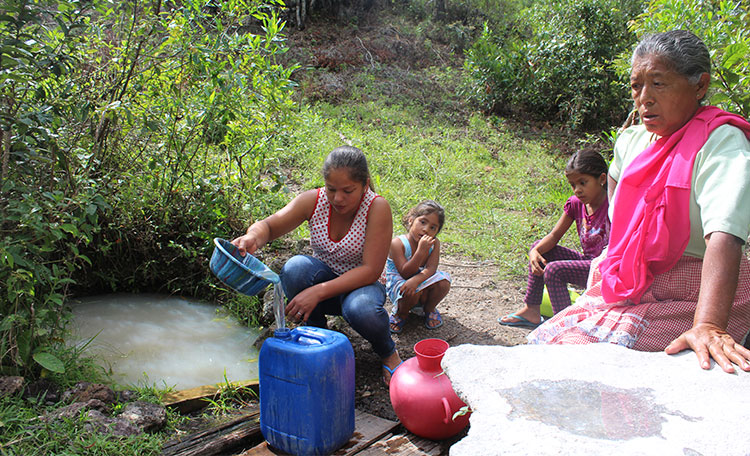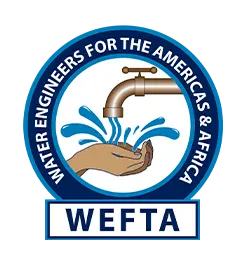
Sanitation & Environment
Improved sanitation safely separates human waste from human contact.
Facilities with improved sanitation include latrines and toilets with flush mechanisms or pour-flush to piped sewer systems, septic tanks, or pit latrines. According to the United Nations Children’s Fund (UNICEF), access to basic improved sanitation also includes safety and privacy in the use of these services. (www.unicef.org)
In Latin America, 117 million people remain without access to improved sanitation; 22 million people from 19 countries still practice open defecation, and only 20% of wastewater is treated, according to the World Bank. (www.worldbank.org/). One of the targets of the United Nation’s (UN’s) Sustainable Development Goal (SDG) #6 is to provide universal access to safely managed sanitation services by 2030. Safely managed sanitation services are those that are improved and are not shared with other households. Additionally, excreta are adequately treated and managed safely across the entire sanitation service chain. Based on data from the 2022 Sustainable Development Goals Report, 46% of the global population lacked safely managed sanitation services in 2020.
WEFTA volunteer engineers and scientists address these issues on a local level by working with rural communities to expand access to improved sanitation facilities, treat wastewater, and institute better hygiene practices by changing social norms.

Access to sanitation services and improved management of wastewater at home and in institutional settings, such as healthcare facilities and schools, is essential to reducing disease, improving nutrition, safety, well-being and educational opportunities for the world population, especially for women and girls. Unfortunately, in many small communities, raw, untreated sewage is still dumped directly into waterways used for drinking, washing, and bathing, thereby increasing the risk of sickness or death. Improper hygiene and sanitation practices are related to many diseases including diarrhea, intestinal worms, schistosomiasis and trachoma which affect millions of people.
Improper sanitation facilities and lack of wastewater treatment contribute to the contamination of important water resources within communities. Other environmental impacts include the pollution of nearby land and water bodies when waste or sewage flows onto land and into streams, rivers, lakes. and wetlands, and directly affects the ecosystems there. On a local level, there is the additional visual impact of waste streams, litter, and bad odors in close proximity to homes. The world community has a long way to go before reaching the SDG #6 goal of universal access to safely managed drinking water and sanitation, but WEFTA’s projects represent solid progress.
A recent World Bank study found that of the indigenous population in Guatemala, only 33% have access to sanitation compared to 77% of the non-indigenous population.
Contamination of water sources is a constant threat throughout Latin America – only 5% of sewage is treated before it is returned to the environment.
69% of schools globally have basic drinking water service and 66% have basic sanitation service, but only 53% of schools have basic hygiene services.
